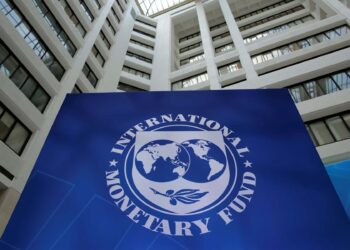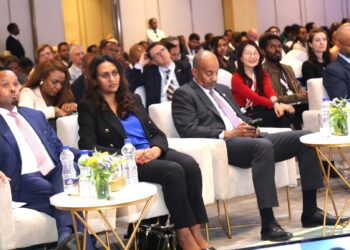Remember when Ethiopia’s FX parallel market premium nearly vanished last year? That moment of relief didn’t last. Fast-forward to May 2025, and the spread is back—widened to around 17%, despite some of the country’s boldest financial reforms in recent memory.
Let’s rewind.
In July 2024, Ethiopia pulled the trigger on a long-awaited reform: adopting a market-determined exchange rate. The move was part of its Homegrown Economic Reform Agenda (HGER), backed by a multi-year IMF Extended Credit Facility. For a few months, it worked. The premium between official and street FX rates narrowed dramatically—even hitting near-zero by September.
But beneath the surface, the deeper issues never really left.
So Why Is the Parallel Market Back?
- Still Too Many Restrictions: There’s a 2.5% commission slapped on FX sales to the National Bank of Ethiopia (NBE). Add to that limits on what FX can actually be used for, and the result? Friction. Black market thrives on friction.
- Birr’s Weak Investment Gravity: With low returns on Birr-denominated assets, investors are eyeing the exits. When capital controls block the door, the parallel market becomes the window. This pattern mirrors Angola’s own bumpy ride with exchange rate reform.
- Underdeveloped Financial Markets: Ethiopia’s banking scene is still dominated by one giant—Commercial Bank of Ethiopia (CBE) holds half the market. There’s little competition, no real FX hedging tools, and almost no incentives for private capital to stay and play.
Monetary Policy: The NBE Hits the Gas
To counter inflation and stabilize the macro scene, the NBE also changed how it runs monetary policy. Instead of setting money supply quotas, it now uses interest rate tools like real central banks do.
Since July 2024, Ethiopia has:
- Introduced full-allotment Open Market Operations (OMOs)
- Established standing lending/deposit facilities (creating a policy interest rate corridor)
- Set the overnight interbank rate as its operational target
- Launched an interbank market in October 2024 for smoother liquidity sharing among banks
And here’s the kicker: it’s working—sort of.
Both T-bill and interbank rates are now higher than inflation, and by March 2025, banks began nudging up lending rates. It’s the first sign that the new monetary tools are starting to bite.
Also worth noting: FX reserves are climbing, now at US$4 billion—enough to cover almost two months of imports. That’s not perfect, but it’s progress.
Tax Reform: Still Work to Do
Tax is another pressure point. Ethiopia’s trying to widen the base and boost domestic revenue. A new VAT law, passed in July 2024, aims to cut loopholes, limit zero-rating, and clarify who gets what between the federal and regional governments. Excise and import duties were also tweaked.
And there’s been some success.
A 2024 TADAT (Tax Administration Diagnostic Assessment Tool) showed progress in taxpayer registration, compliance, and dispute resolution. But even with all these wins, Ethiopia’s tax revenue still trails the 15% of GDP benchmark needed to sustainably fund public services and infrastructure.
The Big Picture
Ethiopia is in transition—financially, institutionally, and structurally. The return of a hefty parallel market premium isn’t just about currency—it’s a signal. A signal that trust, flexibility, and deep capital market development matter just as much as reforms on paper.
And while the tools are finally being sharpened, the job isn’t done yet.
Check out the full report here






















